Home>Gardening & Outdoor>Outdoor Recreation & Activities>What Is A Gainer On A Trampoline
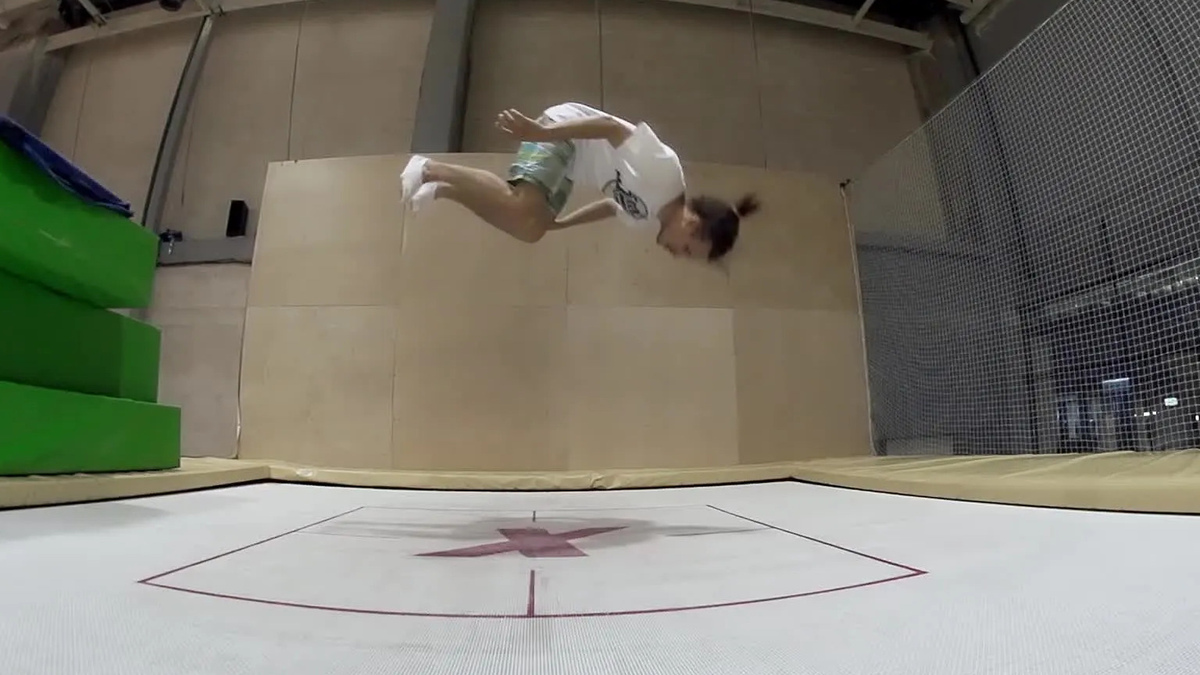

Outdoor Recreation & Activities
What Is A Gainer On A Trampoline
Modified: January 9, 2024
Discover the fun and benefits of using a gainer on a trampoline for outdoor recreation and activities. Learn how to safely execute this exciting trampoline move.
(Many of the links in this article redirect to a specific reviewed product. Your purchase of these products through affiliate links helps to generate commission for Storables.com, at no extra cost. Learn more)
Introduction
Trampolines have long been a source of fun and excitement for people of all ages. From simple bouncing to more intricate acrobatics, trampolines offer a wide range of possibilities for adrenaline-pumping stunts and tricks. One such maneuver that has gained popularity among trampoline enthusiasts is the gainer.
The gainer is a dynamic and visually stunning move that involves jumping forward off the trampoline and performing a backward somersault before landing back on the trampoline. This aerial feat requires skill, coordination, and a good understanding of trampoline dynamics. In this article, we will delve into the world of trampoline gainers, exploring what they are, the different types, how to perform them, and essential safety tips to keep in mind.
Whether you're a seasoned trampolinist looking to expand your repertoire of tricks or a beginner eager to learn about the exciting world of trampoline acrobatics, this article will provide valuable insights into the exhilarating art of performing gainers on a trampoline. So, fasten your seatbelts and get ready to soar to new heights as we unravel the secrets of the trampoline gainer!
Key Takeaways:
- Trampoline gainers are exciting aerial maneuvers that combine forward momentum and backward rotation, showcasing athleticism and creativity in the world of trampoline acrobatics.
- Safety is crucial when attempting trampoline gainers, requiring warm-ups, incremental progression, and equipment maintenance to minimize the risk of injury and ensure a secure and enjoyable experience.
Read more: What Is A Trampoline
Understanding Trampoline Gainers
Trampoline gainers are a captivating display of athleticism and agility, combining elements of forward momentum and backward rotation to create a visually stunning aerial maneuver. The gainer is a type of acrobatic flip that involves jumping forward off the trampoline, executing a backward somersault, and then landing back on the trampoline. This seamless combination of forward and backward motion creates a sense of exhilaration and excitement, making gainers a popular choice for trampoline enthusiasts seeking to push the boundaries of their skills.
What sets the gainer apart from other trampoline tricks is its unique blend of directional movement. Unlike traditional flips that follow a linear path, the gainer introduces an element of forward propulsion, adding an extra layer of complexity to the aerial rotation. This fusion of forward and backward motion requires precise timing, spatial awareness, and mastery of body control, making the gainer a challenging yet rewarding skill to master.
Trampoline gainers showcase the performer’s ability to harness the trampoline’s rebounding force to propel themselves forward before seamlessly transitioning into a graceful backward rotation. This seamless fusion of forward momentum and aerial rotation creates a captivating visual spectacle, captivating audiences and fellow trampolinists alike.
Furthermore, mastering the gainer on a trampoline demands a keen understanding of physics and body mechanics. Performers must leverage the trampoline’s elasticity to generate the necessary forward momentum while executing a controlled backward rotation to complete the maneuver safely. This intricate interplay of forces and movements exemplifies the dynamic nature of trampoline gainers, highlighting the blend of athleticism and artistry required to execute this acrobatic feat with finesse.
Trampoline gainers epitomize the exhilarating fusion of athleticism and creativity, showcasing the performer’s ability to defy gravity with grace and precision. As we delve deeper into the world of trampoline gainers, we will explore the various types of gainers, the fundamental techniques for executing this breathtaking maneuver, and essential safety considerations to ensure a thrilling yet secure trampolining experience.
Types of Gainers
Trampoline gainers come in various forms, each offering a distinct blend of challenge and visual appeal. Understanding the different types of gainers provides trampoline enthusiasts with a comprehensive toolkit for expanding their acrobatic repertoire and exploring new dimensions of aerial artistry. Let’s explore some of the most prominent types of gainers:
1. Forward Gainer:
The forward gainer, also known as the front gainer, involves jumping forward off the trampoline and executing a backward somersault before landing back on the trampoline. This classic gainer variant showcases the performer’s ability to harness forward momentum and seamlessly transition into a graceful backward rotation, creating a captivating display of aerial athleticism.
2. Side Gainer:
The side gainer introduces a lateral dimension to the traditional gainer, requiring the performer to execute a sideways takeoff before rotating backward in mid-air. This variation adds an extra layer of complexity and spatial awareness, challenging trampolinists to adapt their technique to accommodate the lateral trajectory of the jump.
Read more: What Is A Water Trampoline
3. Twisting Gainer:
The twisting gainer combines the backward rotation of a standard gainer with a mid-air twist, adding an exciting twist – quite literally – to the classic maneuver. Performers execute a backward somersault while incorporating a twist along the longitudinal axis, showcasing a seamless fusion of rotational and twisting movements that captivate audiences with its dynamic flair.
4. Blind Gainer:
The blind gainer, also known as the reverse gainer, involves executing a backward somersault without visually tracking the landing spot until the latter stages of the rotation. This challenging variant requires heightened spatial awareness and body control, as performers must rely on muscle memory and proprioception to execute the maneuver with precision.
These diverse types of gainers offer trampoline enthusiasts a rich tapestry of acrobatic possibilities, allowing individuals to tailor their performance to their unique skill sets and artistic inclinations. By exploring the intricacies of each gainer variant, performers can expand their repertoire of tricks and infuse their trampoline routines with a captivating blend of creativity and technical prowess.
How to Perform a Gainer
Executing a flawless gainer on a trampoline requires a harmonious blend of technique, timing, and confidence. Whether you’re a seasoned trampoline enthusiast or a beginner eager to master this exhilarating maneuver, understanding the fundamental steps for performing a gainer is essential for honing your acrobatic skills. Let’s break down the key elements of executing a gainer on a trampoline:
1. Approach and Takeoff:
Begin by approaching the trampoline with controlled forward momentum. As you near the edge, initiate a powerful jump, propelling yourself forward and upward to generate the necessary height and distance for the gainer. Maintain a strong and balanced posture as you transition into the takeoff phase, ensuring that your body is aligned for a smooth and controlled launch.
Read more: What Is A Good Trampoline
2. Backward Rotation:
Once airborne, focus on initiating a controlled backward rotation by tucking your knees toward your chest and arching your back. This movement facilitates the rotational momentum needed to complete the gainer. Maintain a consistent and symmetrical tuck position to optimize your rotational speed and trajectory, allowing for a graceful and controlled somersault in mid-air.
3. Spotting and Landing:
As you complete the backward rotation, spot the landing spot on the trampoline and prepare to extend your body for a smooth reentry. Extend your legs and prepare to absorb the impact as you make contact with the trampoline, utilizing the rebounding force to cushion your landing. Maintain a strong and stable posture upon landing to ensure a secure and balanced finish to the gainer.
4. Practice and Progression:
Mastering the gainer on a trampoline requires dedicated practice and a gradual progression of skill and confidence. Start by familiarizing yourself with the basic mechanics of the gainer, focusing on the takeoff, rotation, and landing phases. As you build proficiency, gradually increase the height and complexity of your gainers, incorporating variations and stylistic flourishes to showcase your evolving mastery of this acrobatic maneuver.
By honing these fundamental elements of gainer execution and embracing a mindset of continuous improvement, trampoline enthusiasts can elevate their acrobatic prowess and unlock the exhilarating potential of the gainer. With perseverance and dedication, mastering the art of performing gainers on a trampoline can become a thrilling and rewarding journey of self-expression and aerial athleticism.
Safety Tips for Gainers on a Trampoline
While the thrill of performing gainers on a trampoline is undeniably exhilarating, prioritizing safety is paramount to ensure a secure and enjoyable acrobatic experience. Trampoline enthusiasts embarking on their gainer journey should adhere to essential safety guidelines to minimize the risk of injury and maximize their enjoyment of this dynamic aerial maneuver. Here are crucial safety tips for executing gainers on a trampoline:
Read more: What Is A Rebounding Trampoline
1. Warm-Up and Stretching:
Prior to attempting gainers, engage in a thorough warm-up routine to prepare your muscles and joints for the dynamic demands of trampoline acrobatics. Incorporate stretching exercises to enhance flexibility and mobility, focusing on key muscle groups such as the legs, back, and core. A well-prepared body is better equipped to handle the physical challenges of gainer execution.
2. Spotting and Awareness:
Develop keen spatial awareness and spotting techniques to track your position in mid-air during the gainer. Visualize your landing spot and maintain a clear sense of orientation throughout the maneuver. Practicing spatial awareness drills can enhance your ability to maintain control and stability during the rotational phase of the gainer, reducing the risk of disorientation or imbalance upon landing.
3. Incremental Progression:
Progress gradually in your gainer practice, focusing on mastering the foundational elements before advancing to more complex variations. Build your confidence and proficiency in executing gainers by incrementally increasing the height and rotation of your maneuvers. Avoid attempting overly ambitious gainers beyond your current skill level, as this can increase the risk of over-rotation or under-rotation, leading to potential mishaps.
4. Landing Technique:
Emphasize proper landing technique to minimize the impact on your body upon returning to the trampoline surface. Maintain a slight bend in your knees upon landing to absorb the force of impact, distributing it evenly throughout your lower body. Avoid landing with locked knees, as this can increase the risk of strain or injury to the joints and connective tissues.
Read more: What To Play On A Trampoline
5. Supervision and Assistance:
When exploring gainers, particularly as a beginner, seek the guidance of experienced trampoline enthusiasts or qualified instructors. Their insights and feedback can help refine your technique and address any potential areas of improvement. Additionally, having a spotter or supervisor present during gainer practice can provide an added layer of safety and support, especially when attempting new variations or height thresholds.
6. Equipment Maintenance:
Prior to gainer practice, inspect the trampoline and its components to ensure they are in optimal condition. Check for any signs of wear and tear, including damaged springs, torn matting, or unstable frame connections. Maintaining a well-maintained trampoline is essential for minimizing the risk of equipment-related accidents during gainer execution.
By integrating these safety tips into your trampoline gainer practice, you can cultivate a secure and empowering environment for honing your acrobatic skills. Prioritizing safety not only safeguards against potential injuries but also fosters a mindset of responsible and mindful trampolining, allowing you to fully embrace the thrill of executing gainers with confidence and peace of mind.
Conclusion
Trampoline gainers stand as a testament to the captivating fusion of athleticism, artistry, and exhilaration that defines the world of trampoline acrobatics. From the classic forward gainer to the dynamic twists and variations, the gainer represents a captivating display of aerial prowess that continues to inspire and enthrall trampoline enthusiasts worldwide. As we conclude our exploration of trampoline gainers, it’s clear that this acrobatic maneuver transcends mere physicality, embodying a rich tapestry of skill, creativity, and sheer adrenaline-pumping excitement.
Mastering the gainer on a trampoline demands a harmonious interplay of technique, timing, and spatial awareness. From the initial approach and takeoff to the graceful landing, executing a gainer requires a deep understanding of body mechanics and trampoline dynamics. It is a testament to the performer’s ability to defy gravity with grace and precision, captivating audiences with the seamless fusion of forward momentum and backward rotation.
Furthermore, the pursuit of trampoline gainers is underscored by a steadfast commitment to safety and responsible practice. By adhering to essential safety guidelines, trampoline enthusiasts can create a secure and supportive environment for honing their acrobatic skills, minimizing the risk of injury and maximizing the enjoyment of gainer execution. Warm-up routines, incremental progression, and equipment maintenance form the pillars of a safety-conscious approach to gainer practice, fostering a culture of responsible and mindful trampolining.
Ultimately, trampoline gainers embody the spirit of adventure and self-expression, inviting individuals to push the boundaries of their abilities and unlock new dimensions of aerial artistry. Whether you’re a seasoned trampolinist seeking to expand your repertoire of tricks or a beginner eager to embark on a thrilling acrobatic journey, the world of trampoline gainers offers a boundless canvas for creativity and skill development.
As you soar through the air, executing flawless gainers with finesse and confidence, remember that the true essence of trampoline gainers lies not only in the breathtaking aerial displays but in the journey of growth, perseverance, and self-discovery that accompanies the pursuit of this exhilarating acrobatic feat. Embrace the thrill, prioritize safety, and let the exhilarating world of trampoline gainers propel you to new heights of aerial artistry and athletic achievement.
Frequently Asked Questions about What Is A Gainer On A Trampoline
Was this page helpful?
At Storables.com, we guarantee accurate and reliable information. Our content, validated by Expert Board Contributors, is crafted following stringent Editorial Policies. We're committed to providing you with well-researched, expert-backed insights for all your informational needs.

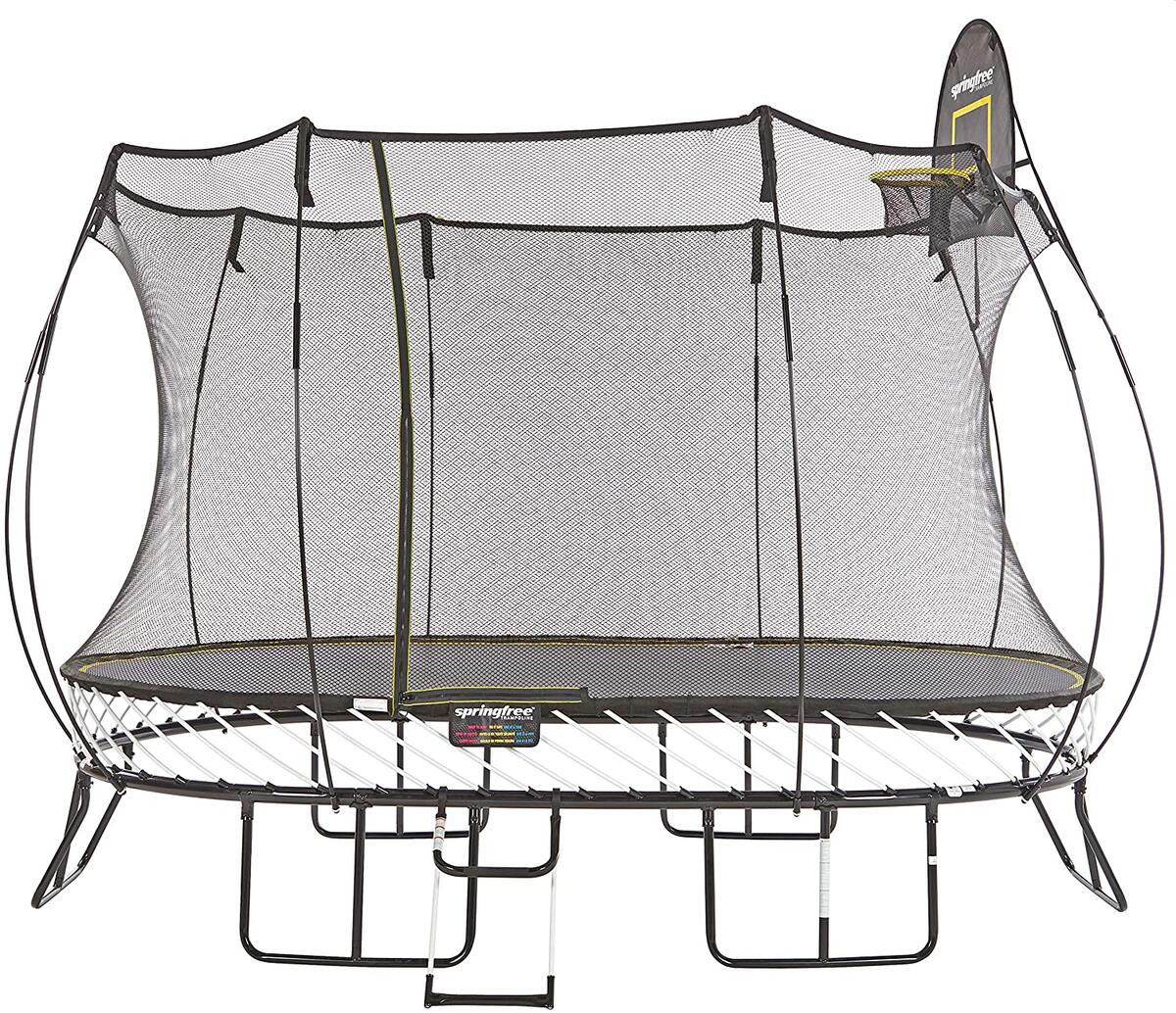
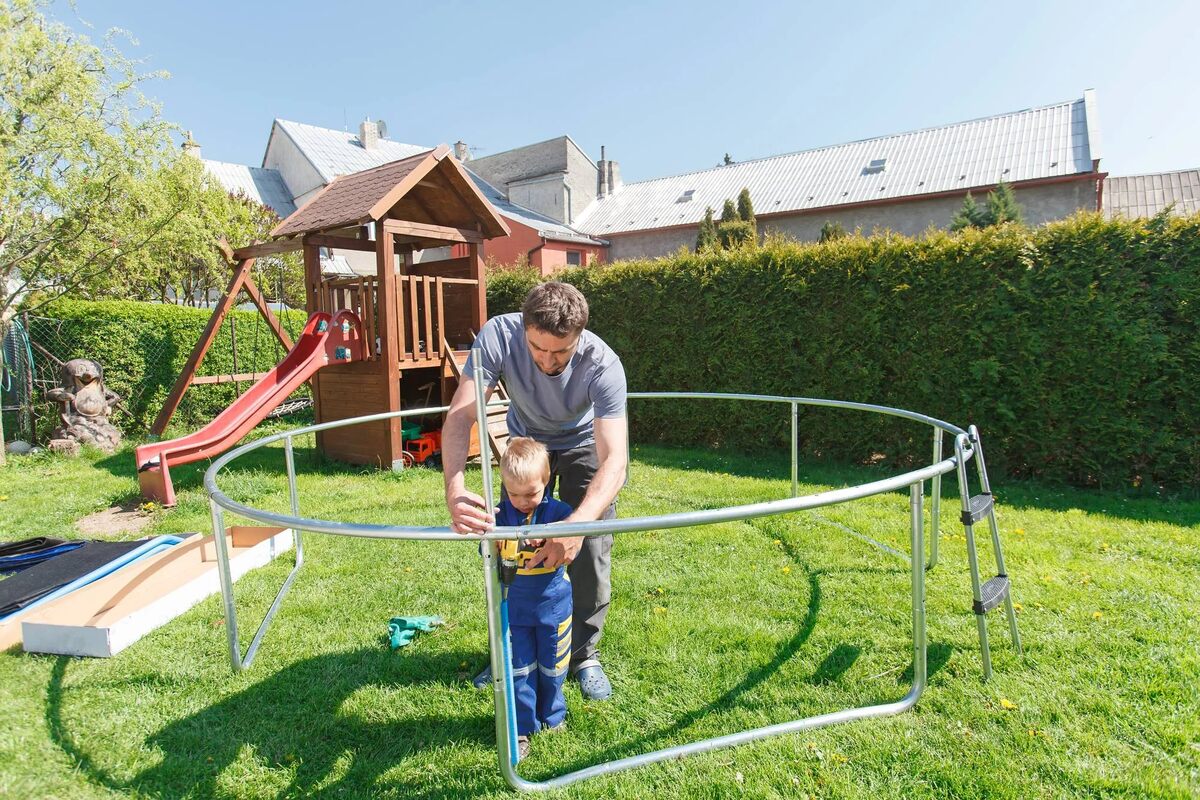
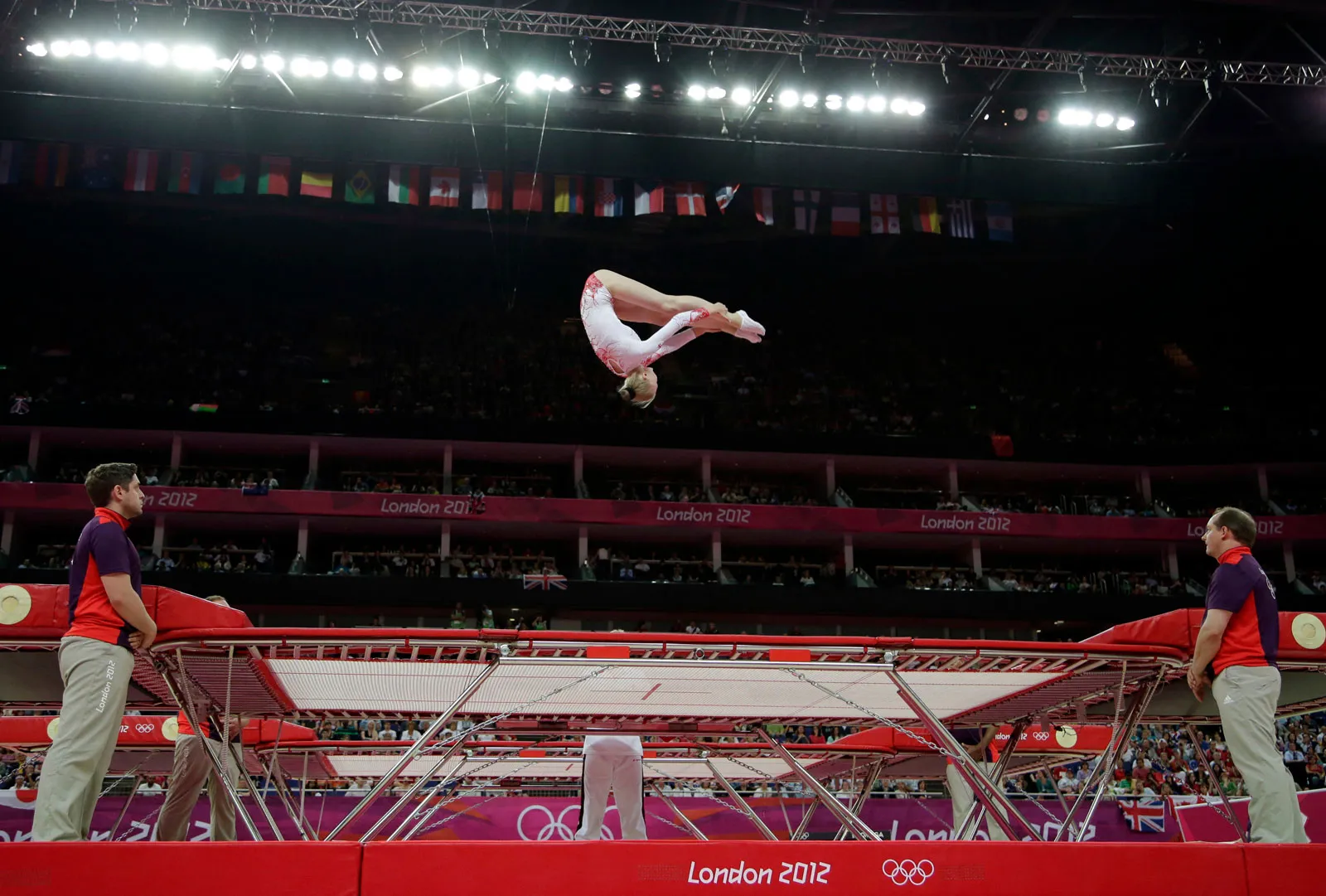

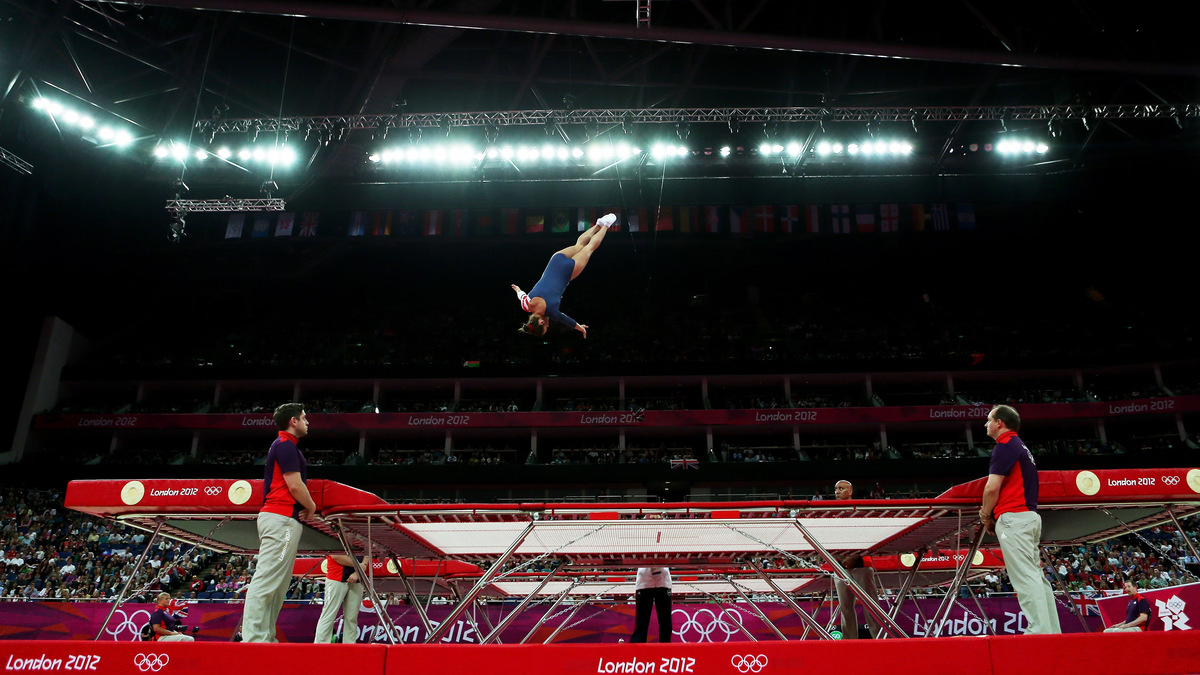
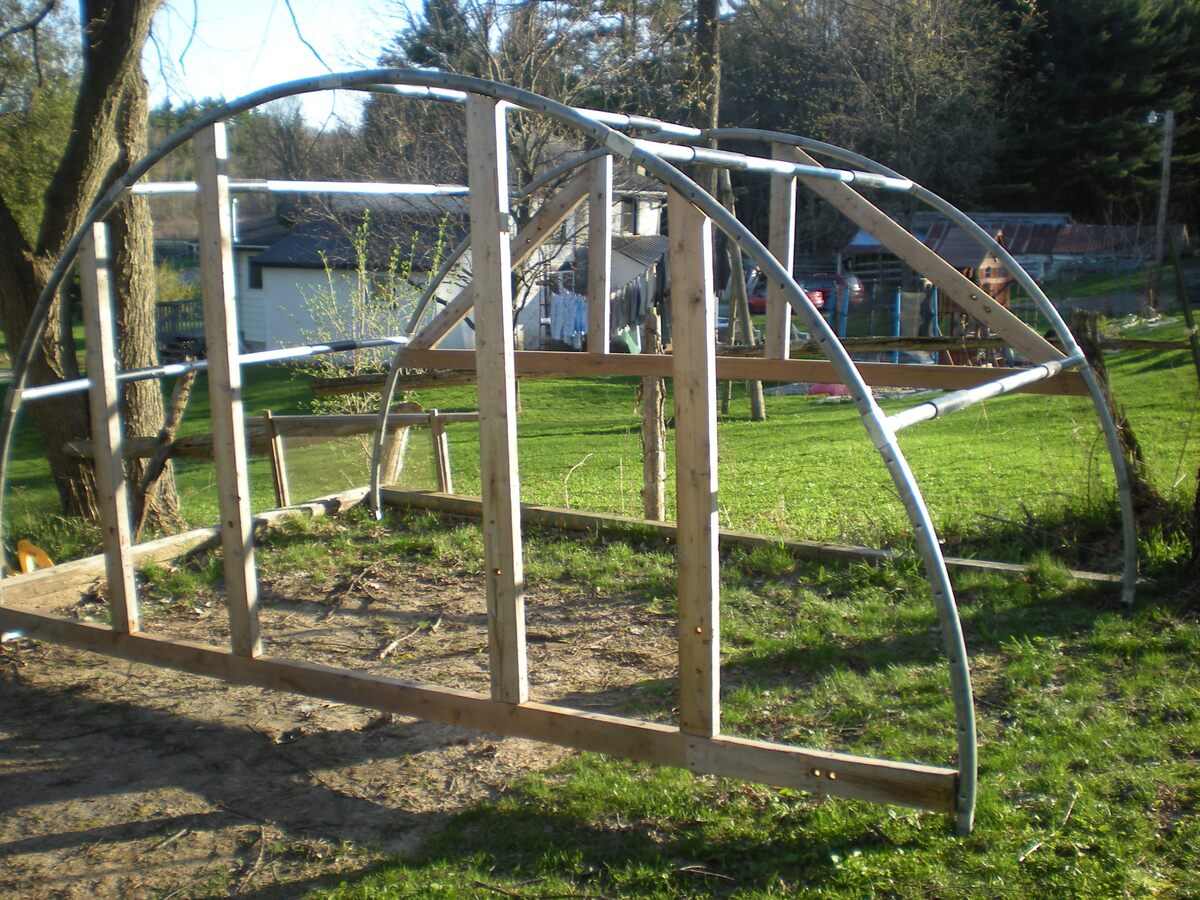
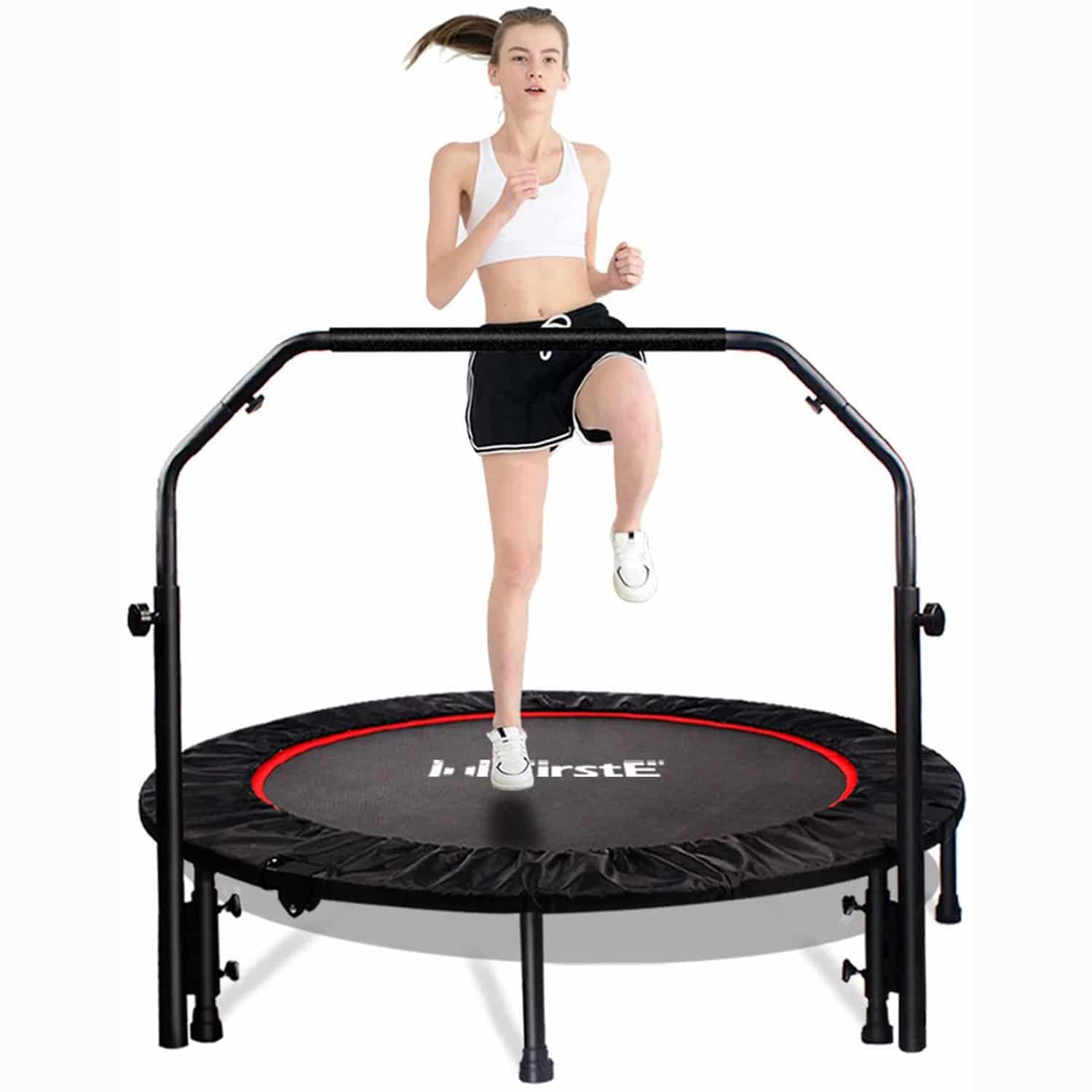
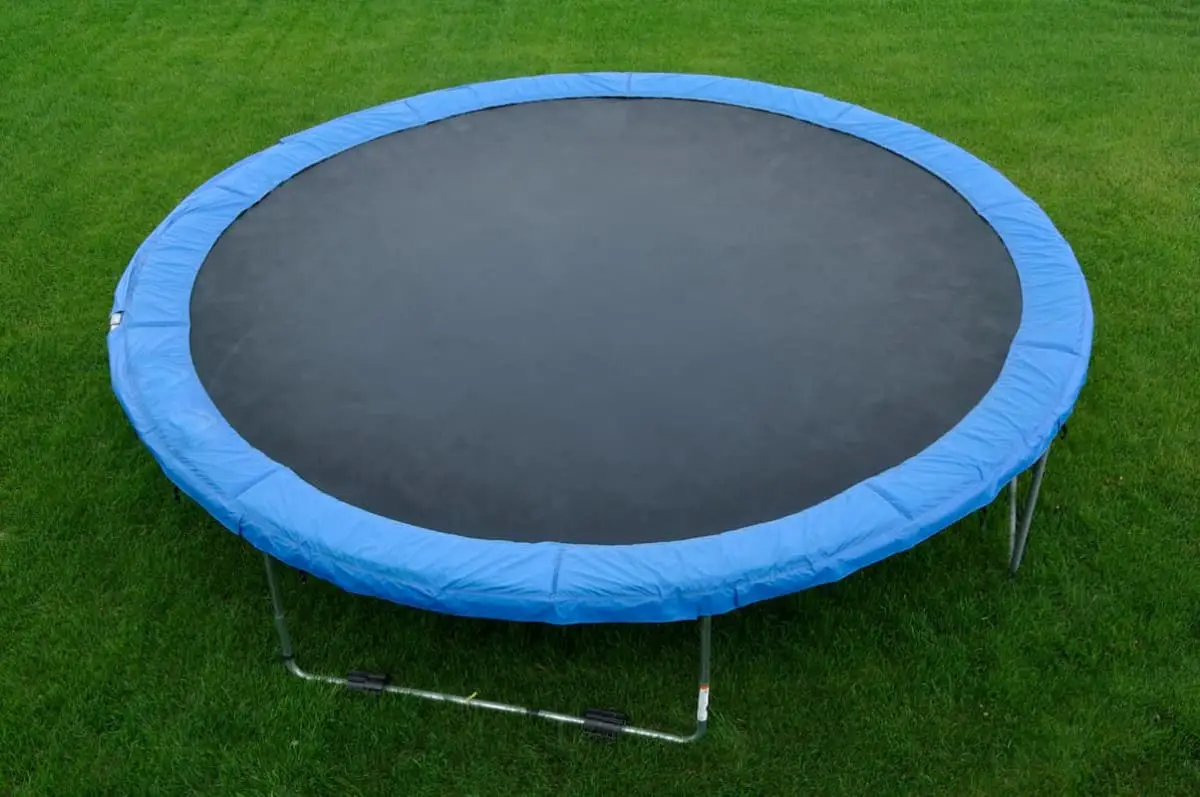

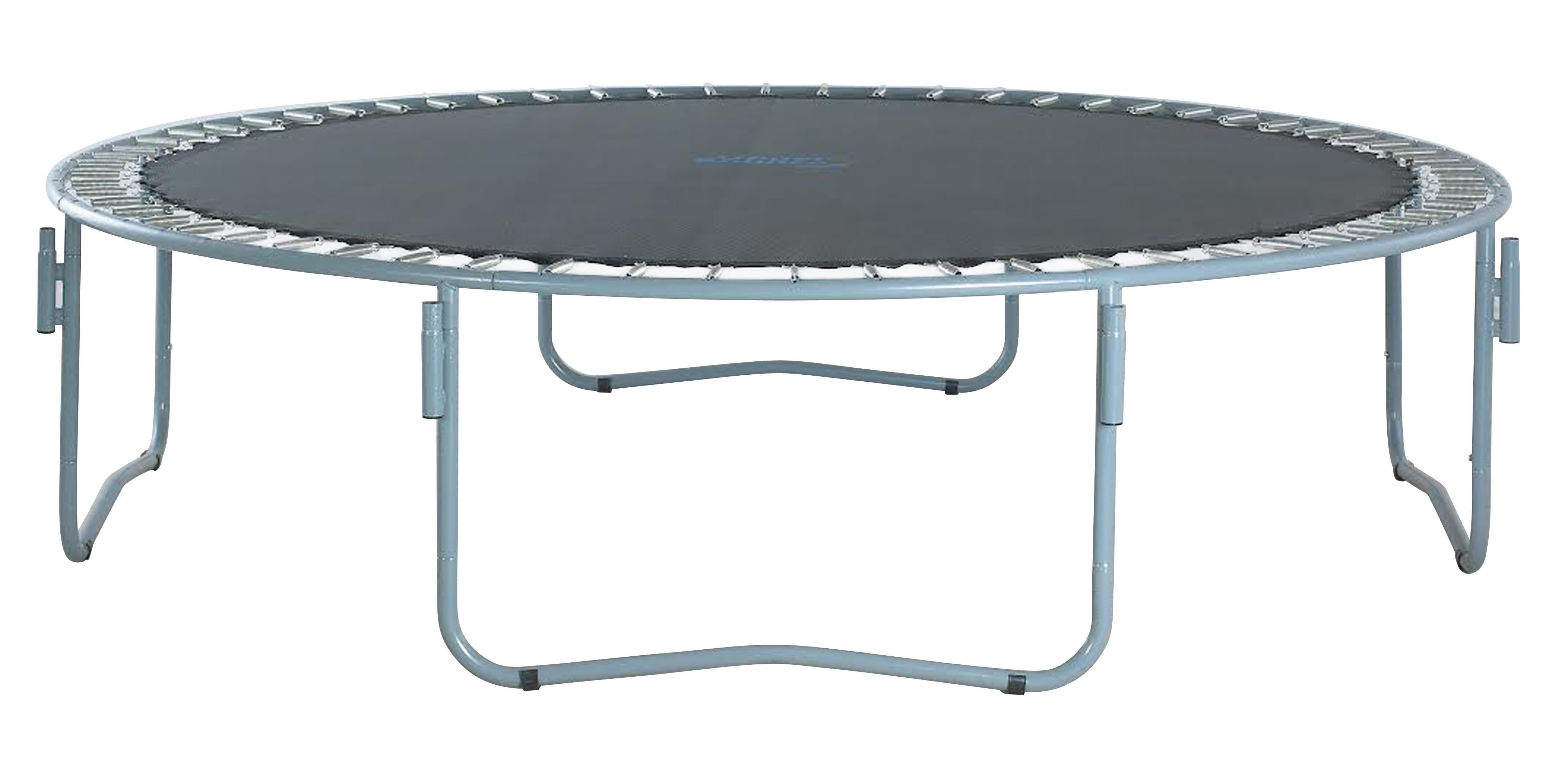

0 thoughts on “What Is A Gainer On A Trampoline”